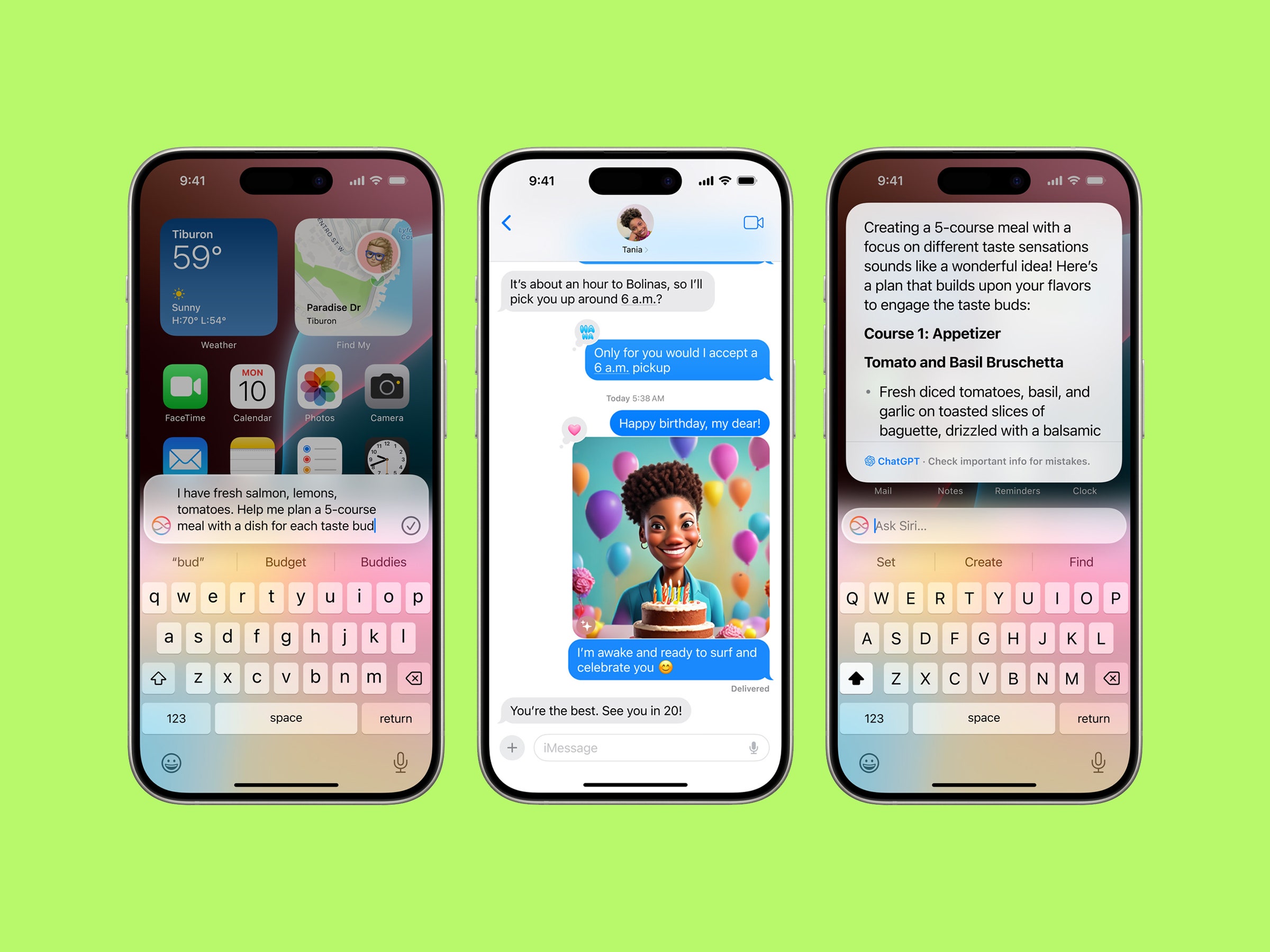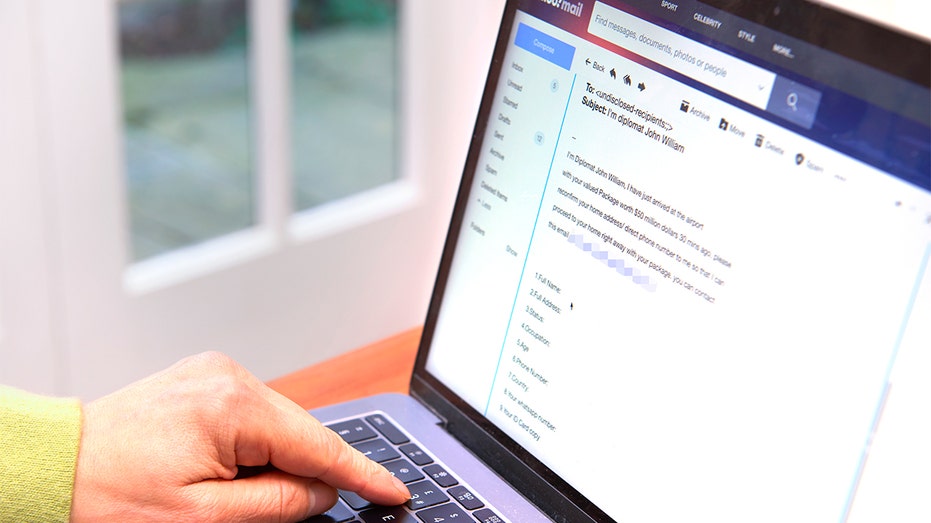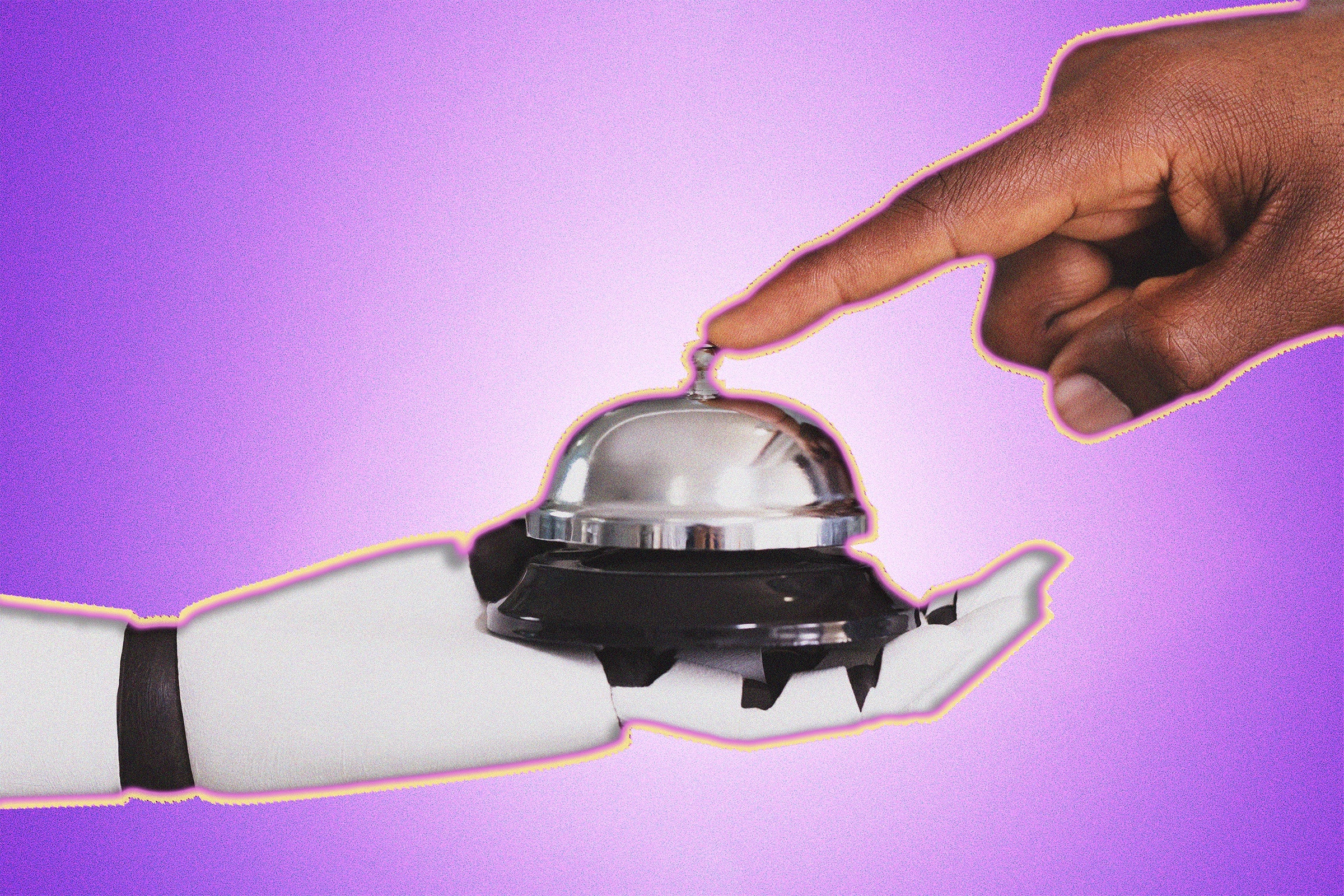Apple’s new AI strategy might also play a key role in its upgrade-your-iPhone strategy.
The company used its annual developer conference today as a platform to announce Apple Intelligence, a decidedly non-generative nomenclature for a suite of new AI features that, like other generative AI tools, are trained on massive datasets.
Apple’s approach is an additive one, relying on the influence and footprint of its existing apps rather than spinning up a new chatbot or web browser that spits out humanlike responses. Once Apple Intelligence rolls out to iPhones, Macs, and iPads later this year, it supposedly will turn sketches into images, sort through photos and videos, rewrite emails, change the tone of messages, and allow its voice assistant Siri to tap into different apps to string together smarter responses.
There’s just one catch: It won’t work on your old iPhone.
Apple is limiting these new AI features to the iPhone 15 Pro and Pro Max, which run on Apple’s A17 Pro chip; the iPads Pro and Air, which run on Apple’s M1 chip or later versions; and various Mac computers that run on the M1 chip or later.
The company hasn’t said exactly why it is limiting its Apple Intelligence features to the newest, and most expensive, hardware, though industry experts surmise that less-powerful chips would possibly create a less-performant AI and that Apple would draw the line at a lackluster tool. (At the time of writing Apple hadn’t responded to inquiries from WIRED.) But whether this limitation is a technical requirement or a product-differentiation strategy, it might be Apple’s best shot at convincing customers to upgrade to newer iPhones this fall.
An iPhone powered by large language models and focused on new AI-personalization features “should change the growth trajectory of Cupertino–spur an AI-driven iPhone upgrade cycle starting with iPhone 16,” tweeted Dan Ives, managing director of Wedbush Securities and a longtime Apple analyst.
The new AI features are being rolled out at the same time Apple’s iPhone sales have slumped. In May, when the company reported its earnings for the January through March period, Apple saw a 10 percent year-over-year decline in iPhone sales and the biggest drop in sales since the summer of 2020, when some factories had to close. Its revenue last quarter decreased 4 percent from a year ago on account of the iPhone sales dip. Apple’s gross margin last quarter was still healthy, but that was due largely to its growing services business.
Apple’s phone hardware has enabled plenty of new features and functions over the past several years, but some of these tools have become commoditized or are layered in abstraction. Its custom-designed iPhone and iPad chips are bleeding edge and help sell top-of-the-line phones to the nerdiest or wealthiest consumers, but “CoreML on Apple silicon” isn’t as big of a selling point for consumers seeking midrange phones. And while new iPhones have iteratively better camera systems each year, high-end phones from rivals like Samsung and Google also have advanced photo and video systems. The same is true of convenience features, like wireless charging.





